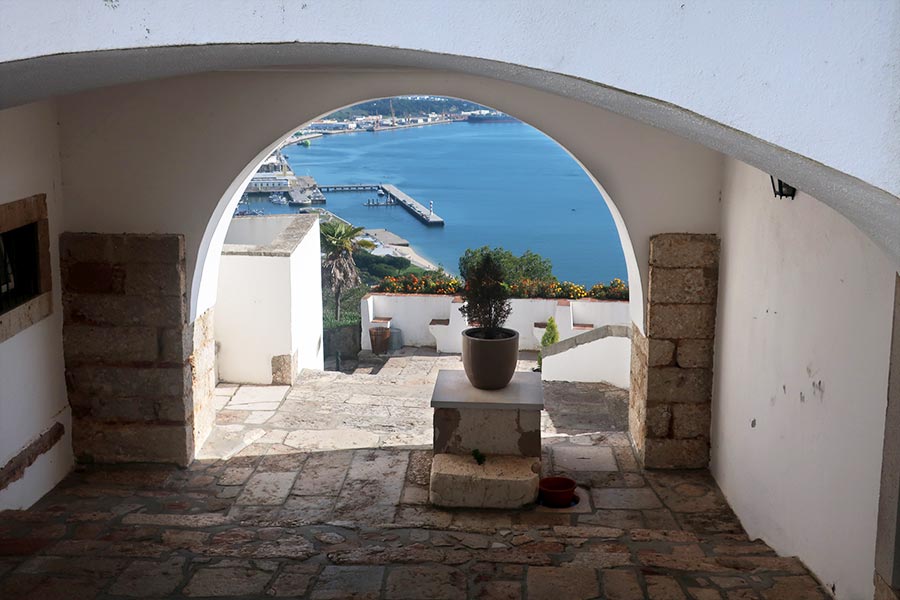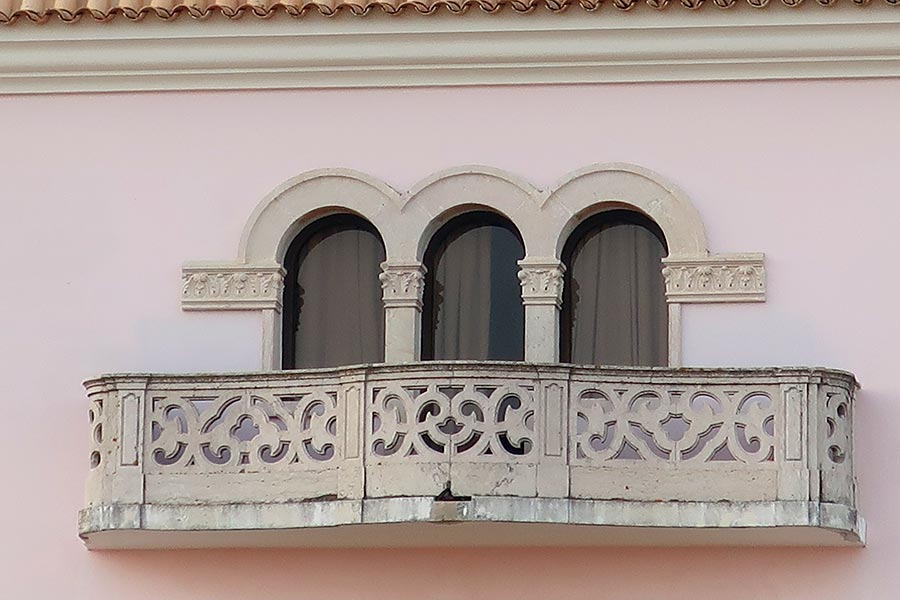The City
The History
2ª Sonata - Andantino
The History
The remnants of ancient human occupation found around the current Setúbal city limits date back to the Iron Age.
During the Roman period (between the 1st and 4th centuries AD) the town centre of Cetóbriga, an important industrial centre linked to the preparation of salted fish, emerged on the two banks of the River Sado, including Tróia. Products, such as garum, were exported to the whole Roman Empire.
With the barbarian invasions and during the Arab occupation, and with the fall of the Empire, the primitive habitation area was slowly abandoned and the town turned into a fisherman-only inhabited place.
On the other hand, Muslims preferred to settle on strategic sites such as Palmela or Alcácer do Sal.
It was only after conquering Palmela back from the Moors during the early 13th century, and the establishment of the Military Order of Santiago headquarters, that Setúbal began to be repopulated, starting with Santa Maria hill and progressively in the downtown area all the way through to the present Troino Neighbourhood. In 1249, Dom Paio Peres Correia, master of the Order of Santiago granted a charter to the town of Setúbal.
In view of the difficulties of the residents regarding the entrance and sale of products from Palmela, Sesimbra and Alcácer do Sal, and in accordance with a decision made by King Afonso IV in 1343, the term of Setúbal was defined by Dom Garcia Peres, master of the Order of Santiago, after building the first walls of the village.
Throughout the 15th century there took place a great development in economic activities, especially with the fees charged for entering the port.
In 1487, King John II ordered the building of an aqueduct to supply the village with water.
In 1489, Justa Rodrigues Pereira, King Manuel’s mistress, obtained papal authorization to establish the Monastery of Jesus.
On September 5th, 1494 King John II ratified the Treaty of Tordesillas in Setúbal. On June 7th of the same year, the Treaty was signed along with the Catholic Monarchs.
In 1514, King Manuel I reformed the Setúbal charter due to the major progress and demographic increase of the town. The document mentions how significant salt and salt water sardines were to the economy of the village.
In 1553, two new parishes were created; São Sebastião and Nossa Senhora da Anunciada, adding to the existing parishes of Santa Maria da Graça and São Julião.
In 1582, began the construction of the Fort of São Filipe by order of King Philip I of Portugal.
The people of Setúbal made a request to the authorities at the beginning of the 18th century that Saint Francis Xavier would be chosen as the patron saint of the city.
Setúbal suffered the consequences of the great earthquake and tsunami of November 1st, 1755. Much of the village was ruined; the sea destroyed the docked ships and caused the death of many residents. The parishes located in the downtown area were also greatly affected.
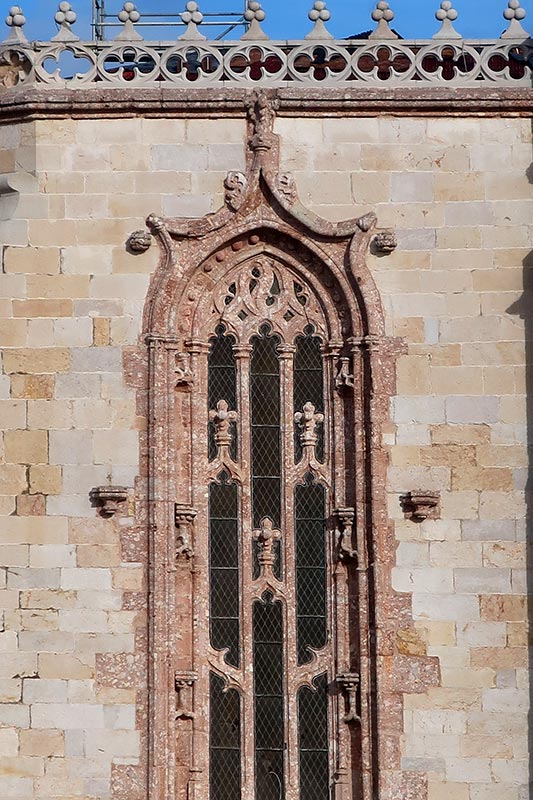

Throughout the 15th century there took place a great development in economic activities, especially with the fees charged for entering the port.
In 1487, King John II ordered the building of an aqueduct to supply the village with water.
In 1489, Justa Rodrigues Pereira, King Manuel’s mistress, obtained papal authorization to establish the Monastery of Jesus.
On September 5th, 1494 King John II ratified the Treaty of Tordesillas in Setúbal. On June 7th of the same year, the Treaty was signed along with the Catholic Monarchs.
In 1514, King Manuel I reformed the Setúbal charter due to the major progress and demographic increase of the town. The document mentions how significant salt and salt water sardines were to the economy of the village.
In 1553, two new parishes were created; São Sebastião and Nossa Senhora da Anunciada, adding to the existing parishes of Santa Maria da Graça and São Julião.
In 1582, began the construction of the Fort of São Filipe by order of King Philip I of Portugal.
The people of Setúbal made a request to the authorities at the beginning of the 18th century that Saint Francis Xavier would be chosen as the patron saint of the city.
Setúbal suffered the consequences of the great earthquake and tsunami of November 1st, 1755. Much of the village was ruined; the sea destroyed the docked ships and caused the death of many residents. The parishes located in the downtown area were also greatly affected.
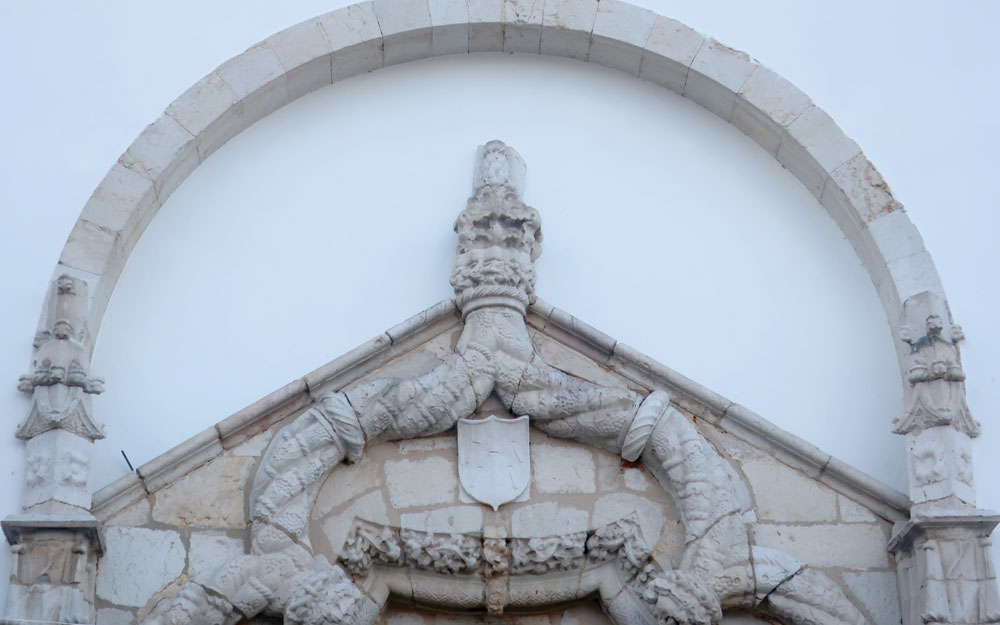
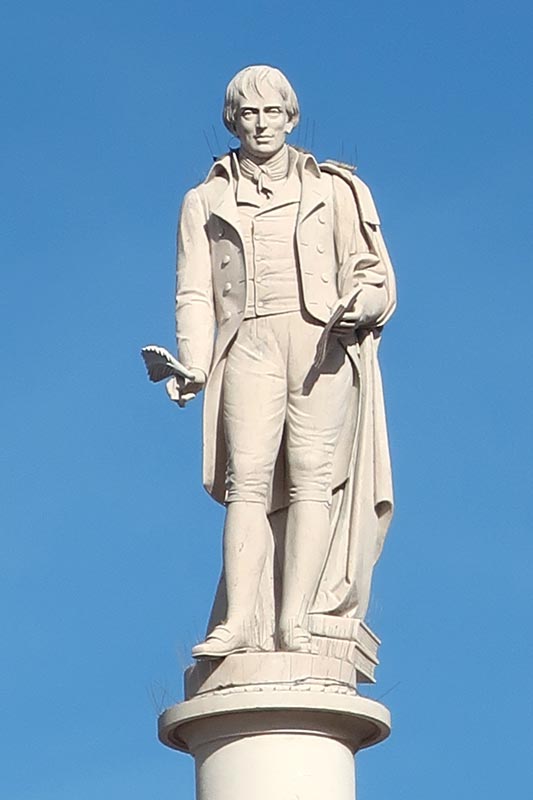
Manuel Maria Barbosa du Bocage was born in Setúbal on September 15th, 1765, in a house located on Rua Edmond Bartissol, No. 12. (Current Casa Bocage and Photographic Archive of Américo Ribeiro).
Throughout his life Bocage, sometimes controversial, sometimes brilliant, went through countless adventures due to his bohemian lifestyle.
The poet, a military man, ran into troubles with justice and even went through financial difficulties.
He died on December 21st, 1805, in Lisbon.
In 1871, a statue was inaugurated in his honour in the centre of Praça de Bocage (the City’s Town Square).
The monument incorporates a statue of the poet by Pedro Carlos Reis (1819-1893).
The Day of Bocage and the City is the Setúbal municipal holiday, celebrated on the 15th of September.
Two years after the poet’s death in December 1807, and during the French invasions, one of the headquarters was established in Setúbal.
For about a month, the city became the capital of the principality of Godoy, including the Alentejo and the Algarve.
The stationed troops, under General Solano, were included in Junot’s army.
The permanence of the invaders caused several violations. The Senhora dos Anjos Chapel was desecrated and used as stables. The Nossa Senhora da Consolação da Ordem de São Paulo Convent was occupied by the French Troops.
On April 14th, 1813, the people of Setúbal enthusiastically welcomed Marshal Beresford’s troops.
Setúbal was made city in 1860. The inauguration of the railroad between Setúbal and Barreiro took place in 1861, and gas lighting began in 1863.
Around this time, Avenida Luísa Tody was born (former Rua da Praia) resulting from the landfill made on the River Sado.
In 1926, Setúbal was made district capital, and in 1975, made Diocese Headquarters.
Follow us:

Adress:
Rua Álvaro Castelões, 49 - 1º e 2º
2900-215 Setúbal
Phone: (+351) 919 385 254
E-mail: geral@homematch.pt
Google Translate


